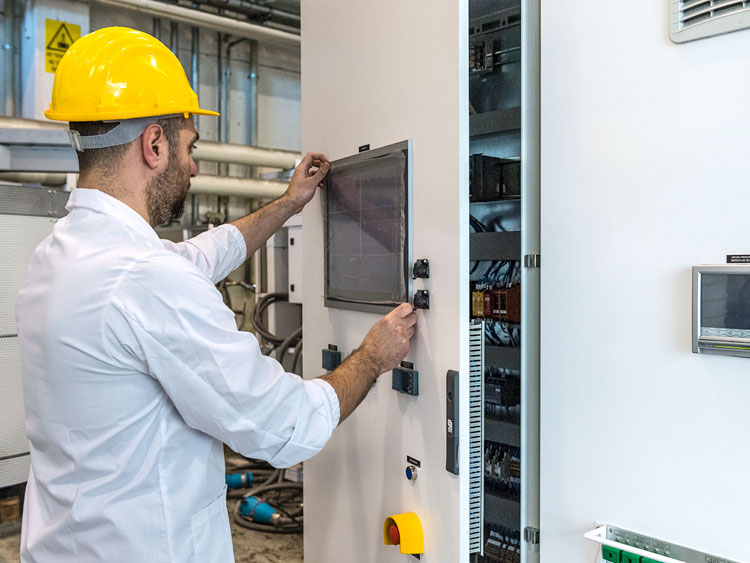Do you have more downtime with your industrial equipment? Are issues challenging to identify? Are replacement components becoming more difficult to locate? These are obstacles that you no longer need to face.
Under mandated replacement schedules, some organizations automatically replace a machine after a predetermined number of hours or after a predetermined length of time. If not, you will have these three choices: repair, retrofit, or replace.
Repair
A working warranty is a significant consideration when deciding whether to fix a machine. Repairs are your best option if your warranty covers the expense. Similarly, it makes sense to prolong the equipment’s life through repairs if you are still in debt. Repair is also the wise course of action if you need the equipment for an impending job. Replacing or retrofitting entire systems or buying a new machine is far slower than just tuning up or fixing a few parts.
In addition, several dealers provide field repair and maintenance services, in which a professional visits your job site to carry out repairs in both emergency and non-emergency situations. Contact your equipment suppliers to determine whether you can use their service for repair.
Retrofit
Corroded, worn out, or broken equipment is an ideal candidate for a refit. This entails replacing the damaged parts and repairing the mechanical malfunctions. The lip seal structures and bottom bearings are usually the typical culprits in older machines. The professionals give the equipment a new lease of life by replacing the damaged parts while ensuring the remaining components are still operating well.
The new parts might last an additional 25–30 years, but they come with a 12-month guarantee! Because of this, retrofitting becomes a practical and economical means of lowering future expenses. This is the best choice for enterprises in high-production settings who cannot afford to replace their machinery with a substantial capital investment. However, they still need to get the most out of their current devices regarding output and uptime.
Replacement
Keeping your equipment functioning correctly can get more challenging as it gets older. The replacement of obsolescence may be fundamental and easy or highly complicated. Furthermore, finding replacement parts to keep these industrial machines operating is more difficult when the essential components become outdated.
Replacement entails exchanging your old machine or parts for new ones from Kor Pak. Waiting to replace your equipment until you need expensive repairs—typically after your warranty or protection plan expires—is a wise move. It may be time to buy a replacement when your running costs exceed ownership costs.
Repairs are probably more frequent and severe at this stage of the equipment’s life. Thus, replacing the machine or some of the critical parts would be more economical. It’s also time to replace your machine if it’s very old.
Final thoughts
The best choice for your company will rely on several variables, such as your budget, the age and general health of the machine, and other aspects. A general rule is to replace the machine if the cost of repairs surpasses half of what it would have cost to replace it.



